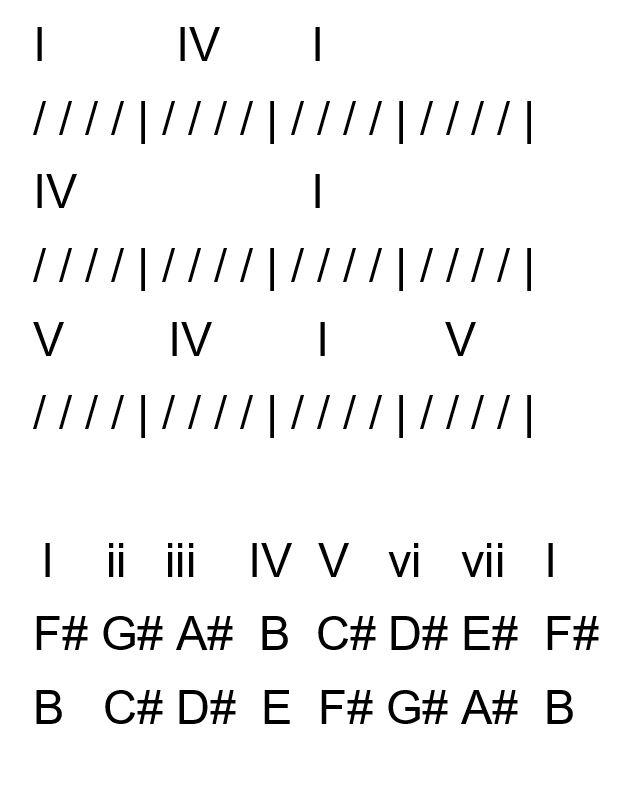
3 minute read
The Austin Sound: Stevie Ray Vaughan For The Slightly
the austIn sOunD steVIe ray Vaughan fOr the SLiGhtLy intiMiDatED
by mandy rowden
Advertisement
Stevie Ray Vaughan is, for most people, synonymous with Austin music, and for good reason. He is notably one of the greatest guitar players in history and is a veritable god in the world of modern blues-rock. Here in Austin, we feel proud to call him our own. Many a budding guitar player has aspired to duplicate his sound over the years, but let’s be honest: his style and his tone can be really intimidating! Where do you begin if you want to enjoy playing the music of the guitar legend, but simply don’t have the chops yet? Start where we all start: with the basics.
All blues songs borrow, to some extent, from a format known as the twelve-bar blues, which is a pattern every guitar player should understand. Stevie Ray Vaughan certainly deviated from this, but the bulk of his well-known tunes come from a version of this format, making it a great place to begin. Starting here, you can fairly easily nail down rhythm parts to songs like “Pride and Joy,” “Texas Flood,” “The Sky Is Crying,” and “Look At Little Sister.”
The twelve-bar (or twelve-measure) blues is made up of a basic structure that looks like this: The first thing to understand is that the Roman numerals correspond with chords built on the first, fourth, and fifth scale steps of the key you are in. In the case of “Look at Little Sister” and “Pride and Joy,” To really get that bluesy color, it is common to make the V chord a V7, so feel free to play around with that option if your chord vocabulary allows it. Depending on the intensity level of the blues sound you’re looking to achieve, you also have the option to turn the I and IV chords into seventh chords as well, which are pretty common characteristics in Stevie Ray Vaughan’s songs. He was also liberal with the use of ninth chords, so beginning to learn those and adding them into the existing patterns will only increase your knowledge of the neck and get you one step closer to capturing his sound. You will also notice that there is some wiggle room on the timing of the V chord in the twelfth bar/ measure, so listen, listen, listen, and adapt accordingly. Understanding song structures like the twelve-bar blues is a great starting point to understanding music, but you have to remember that your ears are very powerful tools. Hopefully, you’re learning to trust them.
There’s a common variation in twelve-bar blues called a “quick change,” where the second measure goes to a IV, then back to the I on the third measure. Two great examples of this are in “Texas Flood” and
“The Sky Is Crying,” which are in the keys of F# and B respectively: which are both in the key of E♭, you look at the E♭ scale. Take the E♭ (I), A♭ (IV), and B♭ (V) chords and plug them in accordingly. The E♭ scale looks like this:
By understanding these ideas, you are not only building a foundation for understanding how to play like the great Stevie Ray Vaughan, but you are also developing your ear and pinning down some of the fundamentals of music theory. These fundamentals will show up in everything you play and write from here on out. Don’t forget, the bottom line to becoming a better guitar player is to play, play, play, so grab your axe, throw yourself into that Austin sound, and have a great time jamming with Stevie Ray!











